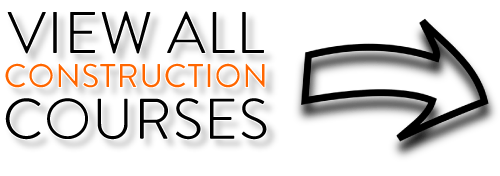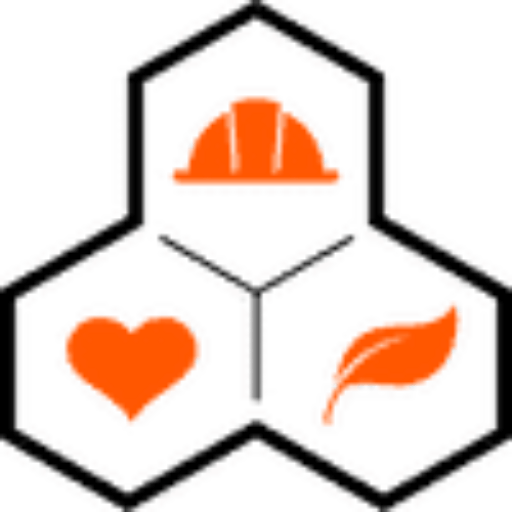Your basket is currently empty!
Ladder Safety Tips for Employers

This article provides some ladder safety tips for employers. Falls from height at the biggest cause of workplace fatalities and around 30% of these falls occur when staff are using ladders.
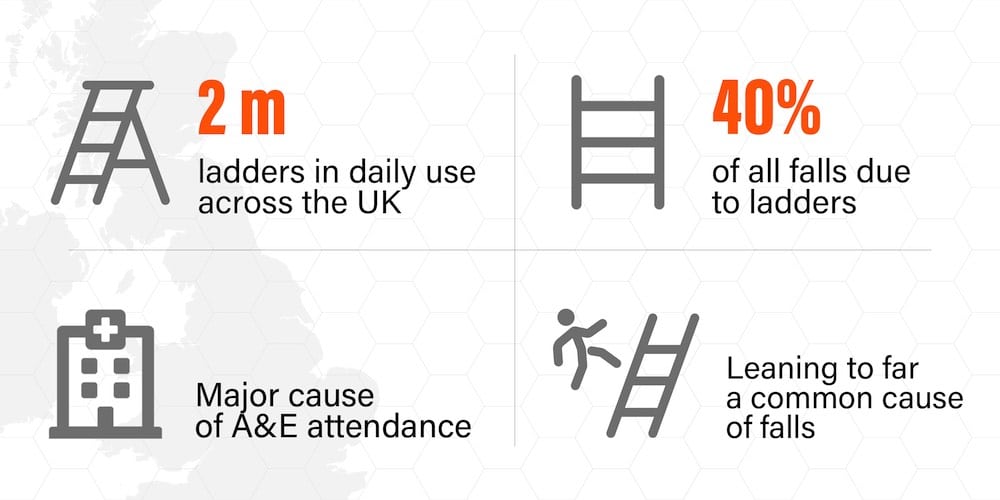
So it’s important if you employ, manage or contract staff who use ladders for work, that you understand how to keep them safe.
LADDER SAFETY TIPS
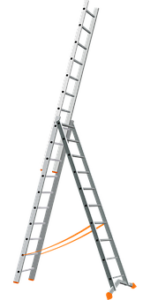 Employer should ensure all staff using ladders:
Employer should ensure all staff using ladders:
- receive appropriate ladder safety training
- carry out pre-use checks
- use ladder in accordance with instructions
- check the locking mechanism(s)
Two simple tips employers can tell staff are first, the belt buckle rule. This is a way to remember to not lean too far. Employees should keep their belt buckle within the rails of the ladder.

The 1 in 4 rule. For every 4 metres the ladder goes up, the ladder should go out 1m.
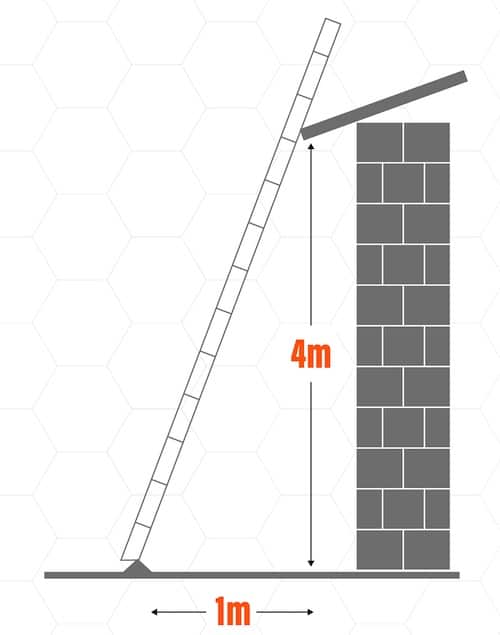
WHAT LADDER TRAINING DO STAFF NEED?
For many, short tasks ladders are the most suitable access equipment. They are cheap and can be used by almost anyone with suitable training.
However, as we have seen, there are dangers. Staff need to know when it’s appropriate to use a ladder, how to position ladders safely and, of course, ladders need to be regularly inspected, maintained and/or replaced. An effective safe system of work will require risk assessments, suitable training and periodic observations.
EMPLOYER LADDER SAFETY TIPS
1. Ensure the Risk Assessment is up to date and considers:
Undertake a risk assessment for each new task and periodically review your risk assessment.
Your risk assessment should consider.
- Is a ladder the most suitable equipment? (Ladders are only for short-duration, low-risk tasks.)
- Will the task last longer than 30 minutes? If yes, consider if another form of work at height equipment is more suitable.
- Is the person using the ladder competently trained?
- Has your employee got access to the correct PPE such as gloves and a hard hat?
- Are you using the right ladder for the job? Class I ladders are suitable for heavy-duty work, Class EN131 are suitable for everyday work and Class III are for domestic tasks only.
2. Ladder Safety Equipment – What to check:
- Are there visible defects such as: rust, damaged rungs, missing/worn feet or mud on rungs?
- On a combination ladder, does the locking mechanism engage fully? If not, remove the ladder from use.
- Are the feet missing or worn?
- Has a regular formal inspection of the ladder been done? Are there records of this to show any defects that were found?
3. Ladder Placement – What to check:
- Are there hazards around the base of the ladder that need removing, such as wet leaves, oil or mud?
- Is the ladder at a safe angle?
- Is the ladder placed on level ground? Sloping or moveable ground can cause the ladder to slip when in use.
- Is the top of the ladder resting against a strong surface, such as a brick wall?
- Is the ladder fixed at regular intervals or do you have a stability device in place to prevent it from slipping and falling?
- Do the ladder rungs run parallel (horizontally) with the floor?
4. Periodically Observe – Climbing with Care:
- Periodic observation should monitor that, while climbing a ladder, employees are:
- Maintaining 3 points of contact at all times i.e. two feet and one hand. Use of a tool belt can ensure hands are free.
- Ascending and descending one rung at a time.
- Climbing at a safe pace. Quick climbing can cause the ladder to ‘bounce’ and the climber to lose footing so always move slowly.
- Not leaning sideways to reach their task

From a safety management perspective, the safe use of ladders is difficult to fully insure 100% of the time. These ladder safety tips will help. Its most important that employers appropriately risk assess and maintain equipment however, as an organisation you may still be exposed to the operative not working effectively. This is where suitable training is vital to ensure the task is carried out safely by a competent individual.
The end of the Ladder Safety Tips for Employers article





